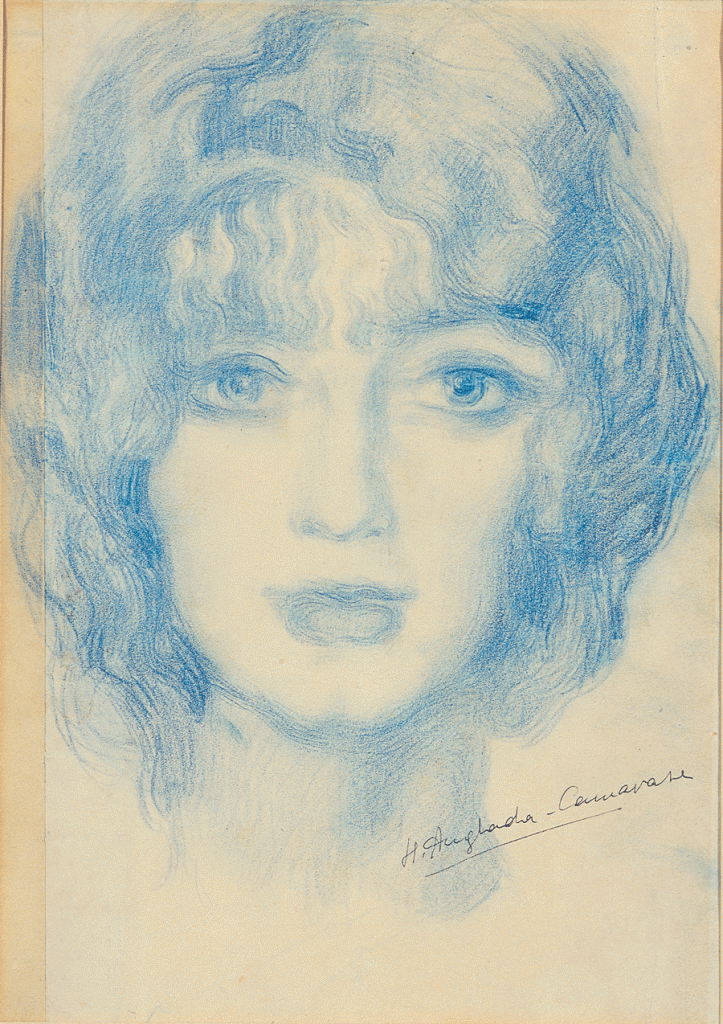Hermen Anglada-Camarasa was trained at the Escuela de la Lotja in Barcelona, and was a pupil of the painters Modest Urgell and Tomás Moragas. His work presents diverse, very distinct chronological stages: the first one, from 1894 to 1904, includes his early contacts with Paris; it is characterised by his particular apology of the Parisian night, painting multiple nocturnal scenes from life in which he demonstrates a preference for the feminine theme and colour becomes the most prominent feature, with detail disappearing. The second stage covers the period between 1904 and 1914, when he continued to reside in the French capital. After a trip to Valencia in 1904, he introduced the theme of folklore into his repertoire as well as the bright, colourful visual effect which allowed him to produce a decorative pictorial ensemble. His work was accepted in the Vienna Secession exhibition held in 1904. From 1914 to 1936 he lived in Port de Pollença (Mallorca), a geographical change that marked the beginning of a new phase. He ceased to deal with folklore-related subjects, and entered landscape in full, without disregarding colour but abandoning transparencies and applying oil with coarse, direct pastings. He was named honorific member of the Hispanic Society of New York in 1917 and considered one of the great exponents of European painting.
During the Spanish Civil War Anglada-Camarasa left Mallorca, and from 1937 to 1939 he spent some time in Montserrat (Catalonia) painting local landscapes. After the war, he went into exile in Pougues-les-Eaux (France), returning to Mallorca in 1948, where he resided until his death. In 1988, the reserve owned by the family was acquired by the Fundació “la Caixa” and exhibited permanently in what was formerly the Gran Hotel in Palma.
E.C.



